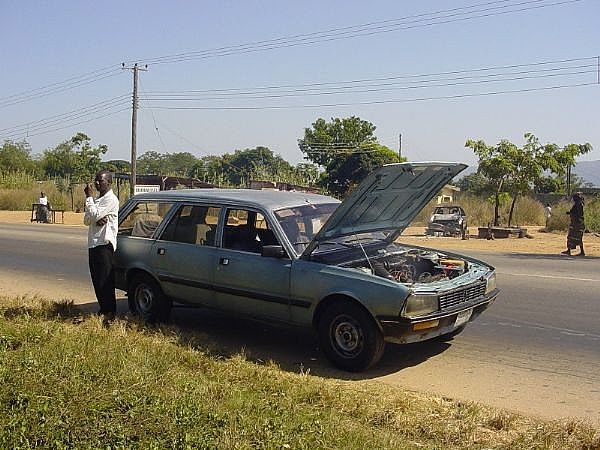
Everybody that owns a car will eventually need repair or maintenance. I will give you some tips on how you can save some money on those repairs.
Make a checklist of what your car needs to have repaired. Go over the list and see what you can do yourself. Most people can replace windshield wiper blades, fuses, belts, hoses, light bulbs, spark plugs and thermostats. Find a service manual to find information on repairs before you try to tackle them, for most people if you can read it and understand how it done, you can do it! Any repair you can do yourself is money in your pocket.

Preventative maintenance is exactly what it says, fix it before it breaks.
Change your oil every 3,000 to 4,000 miles and your engine will last longer than if it's changed at 15,000 miles. Replace your timing belt at the recommended mileage (around 100,000 miles) and you won't be left stranded on the side of the road. When some timing belts break it will destroy the rest of the engine so repairs will get very costly. Look in your owner's manual for recommended service intervals.
Buying parts, go to your local auto parts store and ask for a discount the next time you need to buy over the counter parts. You will probably get a discount on parts. O'Reillys Autoparts (locally) will test your starter, battery and alternators before you replace them just to make sure they are bad. Call before you take something in to save time and frustration.

Check engine lamp on? It's not the "Bend Over" lamp if you know how to tell what is going on. Most auto parts stores will let you use a code reader to display the code(s) your car has stored, write the code down and research it before you start buying parts. A fault code may mean another test is needed, such as an O2 sensor always lean could be a fuel pump that is failing causing a lean condition. You can check what your code means here:
http://www.troublecodes.net/OBD2/
You can buy an inexpensive code reader on eBay for $40-50

Ask your local Technical School/College about repairs. Some take on outside work and charge you only for the parts. The downside is that sometimes it takes a lot longer to get your car fixed. Ask questions before you bring in your car.
Get to know your local technician, take him cookies at Christmas. Bring doughnuts when you need your car worked on, stop in advance to find out when it's a good time to bring your car in for repair. Having a good relationship with your technician is like having a good relationship with your doctor. Most people spend more money on their car annually than with their doctor. If you are new in an area, ask around to find the best repair facility with the best reputation. Use their coupons and ask about their seasonal/monthly specials. Some offer discounts on repairs during the slow season (through out the winter months) ask about discount repairs that you can schedule when it's convenient for them.